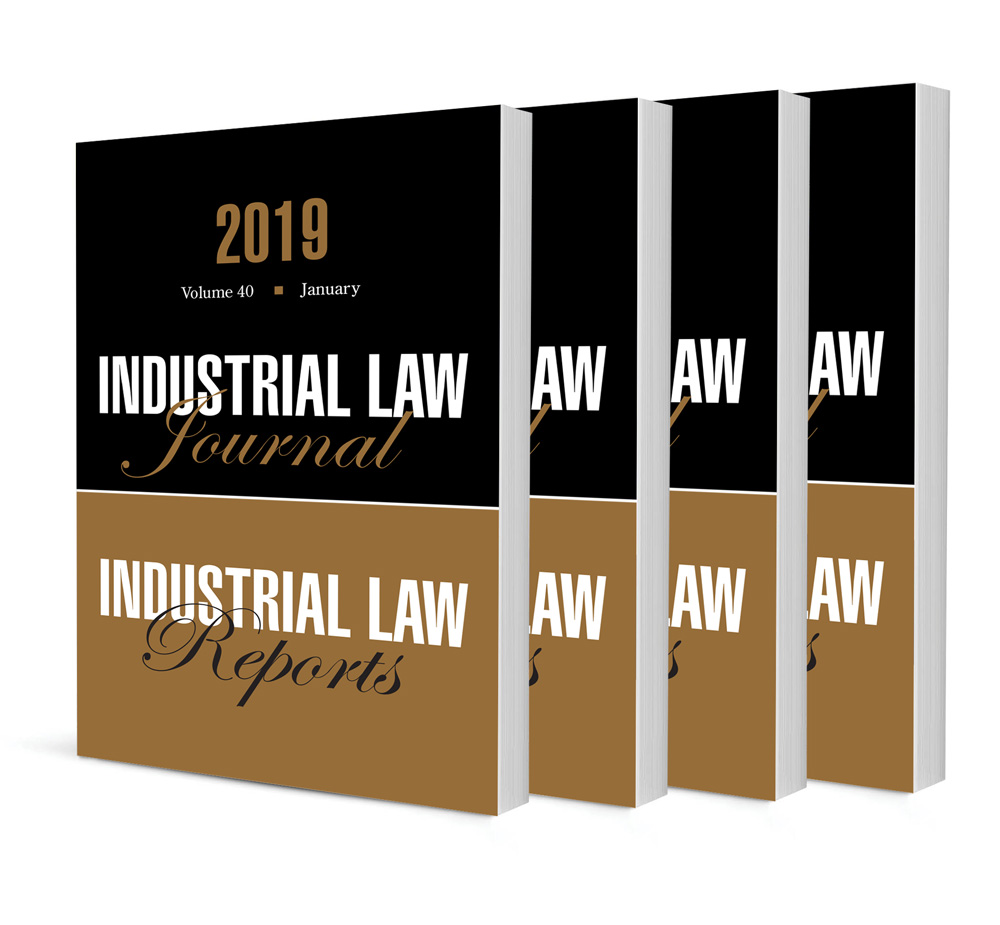Workplaces and Bargaining Units: They Co-exist in Practice, but Can They Co-exist in Law?

Workplaces and Bargaining Units: They Co-exist in Practice, but Can They Co-exist in Law?
Authors Shane Godfrey & Rochelle Le Roux
ISSN: 2413-9874
Affiliations: Honorary Research Associate, Faculty of Law, University of Cape Town; Professor, Faculty of Law, University of Cape Town
Source: Industrial Law Journal, Volume 44 Issue 4, 2023, p. 2110 – 2138
https://doi.org/10.47348/ILJ/v44/i4a2
Abstract
The Labour Relations Act 66 of 1995 (LRA) relies on the broad concept of ‘workplace’ as the basis for both the statutory assertion of organisational rights and its application of majoritarianism. Nonetheless, many recognition agreements continue to adopt ‘bargaining units’ as their reference point. However, when there is a dispute about organisational rights, the limited legislative recognition of bargaining units becomes evident and anomalous. This article, through an historical analysis of the concept of bargaining unit and a review of recent jurisprudence, highlights the disjuncture between a ‘workplace’ as defined in the LRA and ‘bargaining units’ as they exist in many recognition agreements in many workplaces. While arguing that the LRA provides scope for a more nuanced approached to the assertion of organisational rights, legislative amendments providing greater discretion to arbitrators to recognise the realities in the workplace are explored.